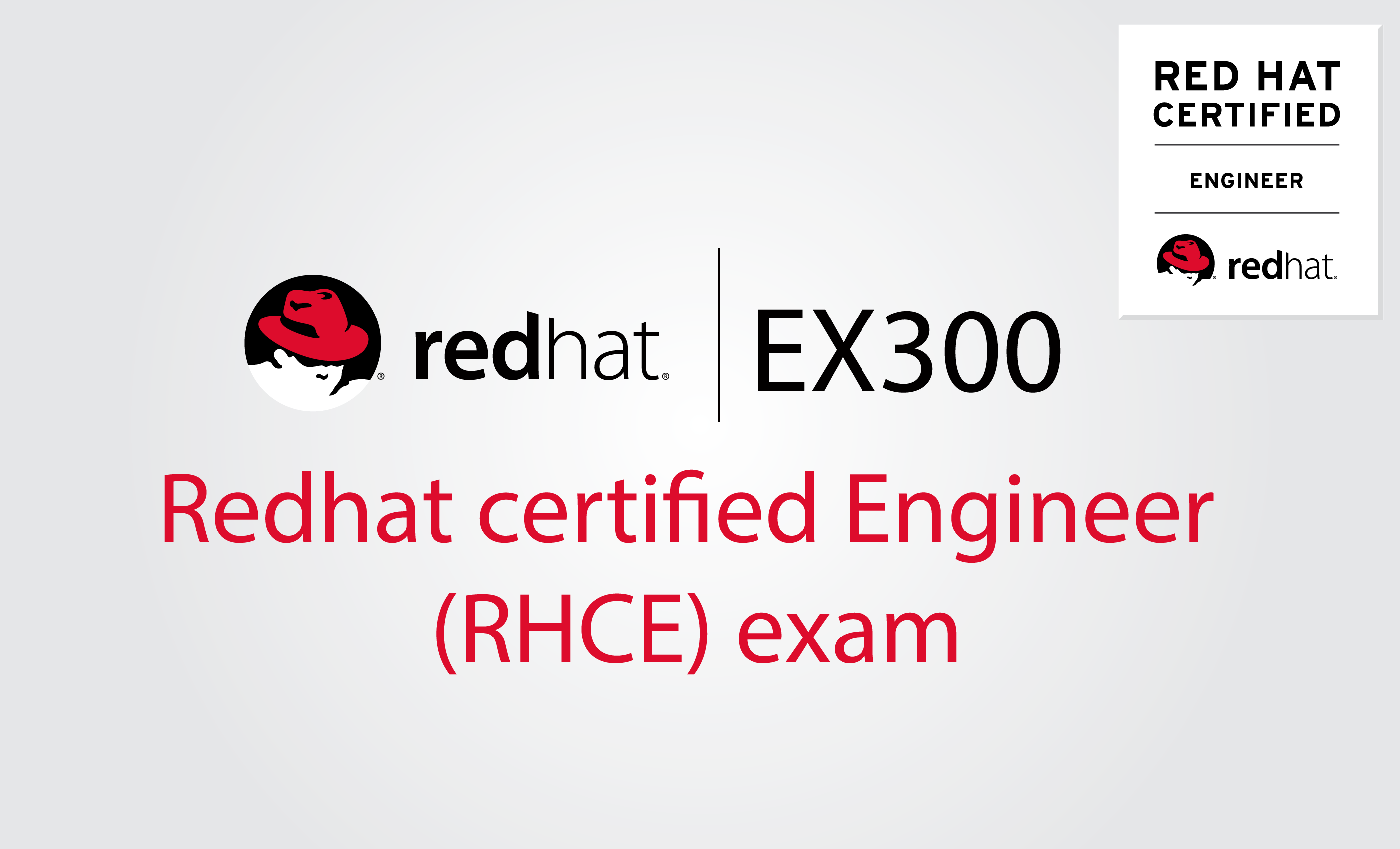Training courses for Windows system administrators (with minimal Linux experience)
Red Hat System Administration I (RH124)Red Hat System Administration II with RHCSA exam (RH135)
Red Hat System Administration II (RH134)
Red Hat System Administration III with RHCSA and RHCE exams (RH255)
Red Hat System Administration III (RH254)
Training courses for Linux or UNIX administrators with 1-3 years of experience
RHCSA Rapid Track Course with exam (RH200)
RHCSA Rapid Track Course (RH199)
Training courses recommended for senior Linux administrators
RHCE Rapid Track Course with RHCSA and RHCE exams (RH300)
RHCE Rapid Track Course (RH299)Training courses recommended for Solaris administrators
RHCE Rapid Track Course with RHCSA and RHCE exams (RH300)
RHCE Rapid Track Course (RH299)

